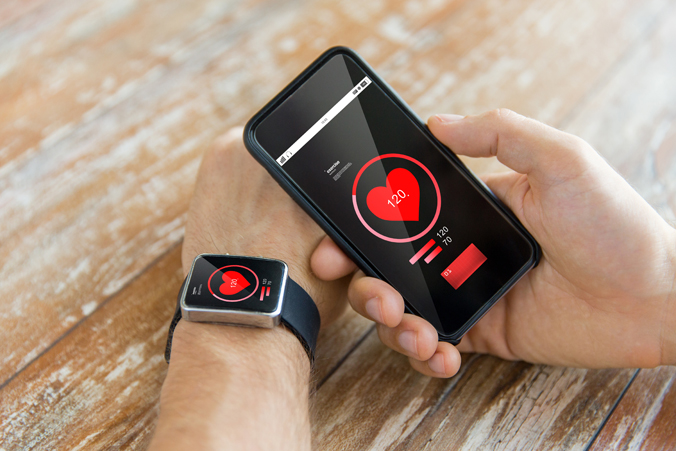Researchers hope to detect, contain infectious disease outbreaks using Fitbit data
Click Here to Manage Email Alerts

Researchers at Scripps Research Translational Institute have launched a nationwide study called DETECT, which will collect and analyze smartwatch data in order to identify and control infectious disease outbreaks.
“Until recently, we did not have the tools needed to identify changes in health that are unique to an individual. Wearable sensors that continuously track heart rate and more has changed that,” Steven Steinhubl, MD, director of digital medicine at Scripps Research Translational Institute, told Healio.
Previously, Steinhubl and colleagues used fitness trackers to monitor resting heart rates during infectious diseases episodes, such as influenza. They found that these data contributed to improved state-level influenza predictions by the CDC.
Now, the same researchers have launched the nationwide DETECT study, which will use data from these fitness trackers on heart rate, sleep and activity level to identify the emergence of infectious disease outbreaks such as influenza and coronavirus.

Jennifer Radin, PhD, an epidemiologist at Scripps Research Translational Institute, said in a press release that researchers see “an enormous opportunity” to increase the tracking of infectious diseases, especially in regard to the ongoing influenza season and the COVID-19 pandemic. Their goal is to improve population health, according to Radin.
“We want the DETECT program to serve as on ongoing platform for viral illness detection globally for years to come,” Steinhubl told Healio. “One of the benefits of a digital platform is that data are being collected continuously, so it is hard to say when we will have reported initial results, but hopefully we will have some preliminary findings in the next several months.”
Steinhubl said they aim to show that tracking an individual’s day-to-day changes in heart rate, activity, sleep and more can identify viral illness sooner and more precisely than is done with routine methods.
“Eventually, we hope to show that [data] translate into improved individual and population health,” he added.
“Digital vital signs are truly a new vital sign. In the past, we have defined ‘normal’ based on a population normal. Today, for the first time, we are able to define ‘normal’ based on what is normal for you.” – by Caitlyn Stulpin
Disclosure: Steinhubl reports no relevant financial disclosures.

